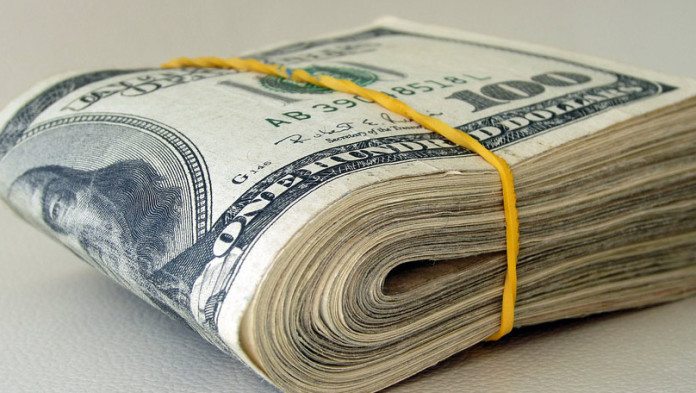
SIBANYE-Stillwater is to issue $450m in convertible bonds on September 26 following a successful book-build which will see the precious metal miner apply the finishing touches to its $2.2bn takeover of Stillwater Mining.
“We are delighted that investors have supported Sibanye-Stillwater in establishing a long-term capital structure for the combined group,” said CEO Neal Froneman. “This issuance marks a significant milestone for Sibanye-Stillwater,” he said, adding that the group was “very pleased” as the bond offering was multiple times oversubscribed.
The bonds will pay a coupon of 1.875% a year, payable semi-annually and have an initial conversion price of $1.6580. This represents a 35% premium to the volume weighted average price of Sibanye-Stillwater’s shares on the Johannesburg Stock Exchange between opening of trading and pricing today.
“While we considered various financing options, convertible bonds offer the greatest flexibility at a reasonable cost which will assist us to de-lever our balance sheet consistent with our long term target of 1x net debt:EBITDA [earnings before interest, tax, depreciation and amortisation],” said Froneman in an announcement earlier today. Shares in Sibanye-Stillwater were down just over 6% on the JSE.
Sibanye first raised $2.65bn through a bridging facility to pay for the Stillwater acquisition and then refinanced that debt using equity via a $1bn rights issue on June 12 and then a $1.0bn bond issue a week later. Shares in the company reached their all-time high in August 2016 at some R69.12/share but have since returned to R16.25/share, only slightly above the share price when it first listed in 2013.
Sibanye suspended the cash dividend on August 30 electing instead to pay shares as net debt rose to $1.69bn or R22.1bn as of June 30. This equates to net debt to EBITDA of 2.6:1 – a level described by the group as “temporarily elevated”. It represents a more than 300% increase in net debt year-on-year.
As a result, covenants with lenders on the Stillwater bridging facility have been increased to accommodate a net debt EBITDA ratio of 3.5:1. Sibanye said the ratio would peak at no more than 3:1 and that debt would be cut by two thirds as a ratio to Ebitda in about three to four years.
“It’s a chunky number compared to what we’re used to,” said Charl Keyter, Sibanye-Stillwater CFO in August who added that roughly 25% to 30% of the company’s debt reduction plans would be funded from pre-tax profits, and the balance from cash flow. “This is not based on hallelujah EBITDA growth,” he said.








